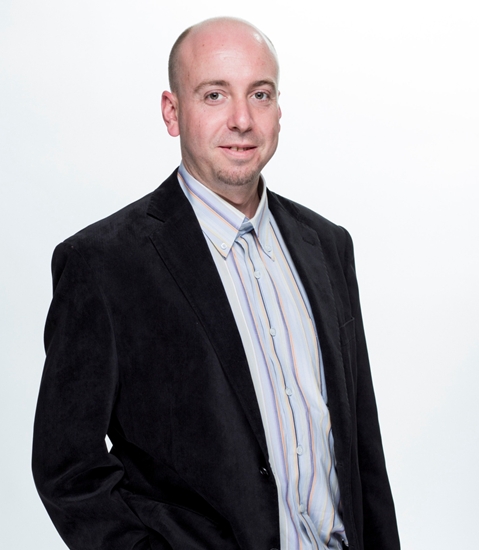 ‘Simulation techniques could form the basis of next generation of software’
‘Simulation techniques could form the basis of next generation of software’
Rubén Sevilla is a lecturer in the College of Engineering at Swansea University and is currently investigating cutting edge numerical simulation techniques for different physical and engineering problems.
DID YOU KNOW that mathematics help to improve air travel, build faster F1 cars and reduce fuel consumption of road cars? This was not the motivation for me to study Mathematics but it was certainly the motivation for pursuing a PhD in Applied Mathematics in the Polytechnic University of Catalonia (Spain). I moved then to Swansea, mainly motivated by the long-time tradition and expertise in numerical simulation of the research group working in the Civil and Computational Engineering Centre at Swansea University.
Numerical simulation allows the replication of experiments, traditionally carried out in a laboratory, using just a computer. It provides a unique opportunity to improve and speed up the design process of many mechanical, electronic and aeronautical components, to name a few. In short, we virtually build our prototype using computer aided design and we perform virtual tests using numerical simulation. Apart from reducing the design cycles, numerical simulation dramatically reduces the costs. To give an example, building a wind tunnel costs around £30 million and burns thousands of pounds every time it is used, whereas a numerical simulation of the air flowing around a car can be done using a small cluster of computers.
My area of expertise is the development, analysis and application of advanced numerical simulation techniques that, I am convinced, will form the basis of the next generation of industrial software. Nowadays, the complexity of some problems of interest to industry, such as the effect of wind gust on an aircraft, prevents the successful application of traditional numerical simulation software available in industry. The research in this area is partially motivated by the European Commission objectives of promoting “competitive, clean, safe and secure aviation by 2050, with citizens’ and society’s needs at the heart of the strategy”.
Bringing together concepts of mathematics, engineering and computer science, I developed a novel numerical simulation technique. Its main feature is the integration of the geometric modelling and the simulation stages, providing a much more accurate, efficient, reliable and robust framework. These properties are very rarely embraced by a single numerical simulation technique and it is a unique approach that is attracting the attention of other research groups in the UK and abroad. It typically takes from five to ten years for a new computational methodology to mature from initial assessment in an academic research group to actual use in industry, so I expect during the next decade, to see the routine application in industry of the methods I am developing now.
The main beneficiaries of the research I undertake, will be first, UK and European aeronautical companies, but in the long term, I firmly believe that the main beneficiaries will be society and the environment. On one hand, the competitiveness of UK and European industry will naturally lead to an improvement in the quality of life of the society and on the other hand, a further reduction of laboratory based experiments, in favour of computer based experiments, will provide a more sustainable way of testing engineering components.
Rubén may be contacted at R.Sevilla@swansea.ac.uk
This article first appeared in the Western Mail on 23rd September 2013, as part of the Welsh Crucible series of research profiles.
